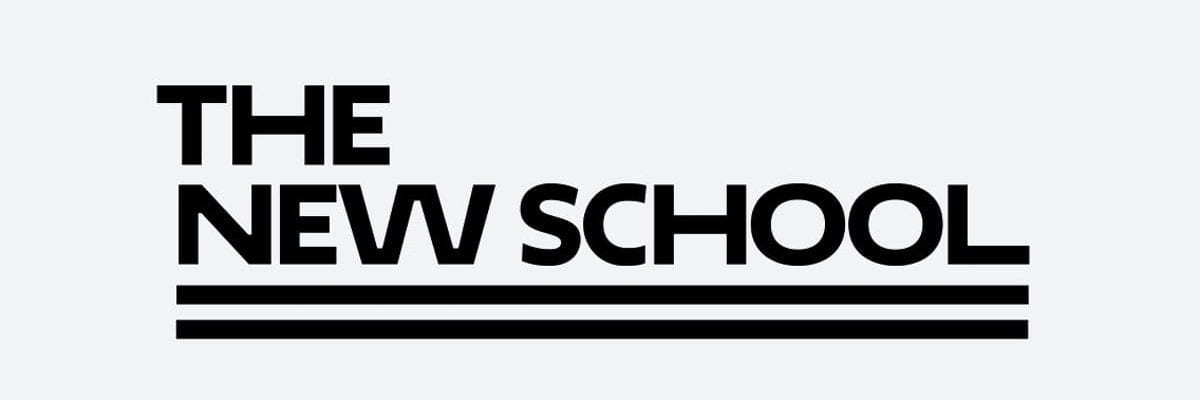Source: https://images.unsplash.com/photo-1526628953301-3e589a6a8b74?ixlib=rb-1.2.1&ixid=MnwxMjA3fDB8MHxwaG90by1wYWdlfHx8fGVufDB8fHx8&auto=format&fit=crop&w=1990&q=80
Martech is not yet a universally familiar portmanteau outside the world of business and commerce, but, in the months and years to come, it will become more widely known.
It refers to marketing technology, but what exactly does that mean?
Essentially, it’s a set of tools—applications and software—that can be used to enhance and optimize your business. In an era of huge data, and powerful computers, it would be wasteful not to take full advantage of what technology has to offer.
Put simply, the amount of computing power you can get for your dollar is, compared to just a decade or two ago, immense, and so the challenge now is all about putting it to work for you. Use your resources wisely, and your enterprise could take off like never before.
Fully stacked up
Martech can be overwhelming when you first look into it, with a plethora of tools vying for your attention.
That’s why it’s important to visualize and understand what’s known as a martech stack.
Essentially, your stack is the collection of technologies that you assemble, in order to partly automate, and ultimately boost your website, enterprise, or project.
The layers of your stack, typically made up of specialized software applications, can generally each work independently, and be capable of bringing benefits. However, linked up and operating as a cross-layer unit, a well put-together stack becomes greater than the sum of its parts.
Optimizing your martech stack is essential to getting the most from it.
The trick, then, is to know what you need, and what functions well together. You might start at the core, and when that hub is in place, consider what technologies to integrate into it.
At the same time, consider that the best stacks are streamlined. It’s also too easy to just throw everything at a problem and see what sticks, but this only leads to inefficiency and waste.
Think minimally, and have specific goals, so that your operation is lean and cost-effective.
The layers
But what actually do the different components focus on?
A simple way to consider it is that there are three broad purposes served by a martech stack.
First, there is the problem of lead generation, or attraction.
Some technologies to assist in this include SEO optimization, social media ads and marketing campaigns, and targeted landing pages.
Then, there is the issue of engagement.
Let’s say the first layer worked, and you pulled people to your enterprise. How can tech assist you in dealing with them?
In this layer, you’ll be looking at things such as marketing automation platforms, chatbots, and the vast assortment of increasingly refined sales engagement tools that are out there and ready to be utilized.
The third layer deals with analysis.
As visitors check into and move around your project, data is constantly generated and gathered. That information can be mined and analyzed, and ultimately leveraged to improve your operation.
For these purposes, you have products like web analytics software, content intelligence platforms, and lead management tools.
Ideally, this becomes a positive feedback loop. The more data you get, the better the experience becomes. The better the experience becomes, the more people engage with it, and the more data you get, and so on, endlessly calibrating.
What are the benefits?
One of the key gains of utilizing a martech stack is automation. As a rule, if it can be done by tech, then put the application in place and let it run, freeing up valuable time for you and your team.
Then there is an improved, targeted user experience. This is what it all comes down to. You want to hone in on the people who require what you are offering, and, having found and engaged with them, you want them to have an optimal experience.
One more major benefit is in accuracy and consistency. When it comes to data analysis, you can rely on a well designed application. Errors will be avoided, patterns detected, and it will all take place in real-time.
Put all these benefits together, and the end result is a fuller, more refined understanding of your business and its operations, giving you, in the end, greater responsiveness and agility.
Regular review and ROI
The goal is automation and cumulative effects. The layers feedback into one another, and the entire stack bootstraps and optimizes.
Done properly, the effect should be smooth and significant, bringing a significant return on investment.
However, that doesn’t mean that you can switch off entirely. It’s important to perform regular reviews and ensure that everything is in alignment.
One thing to consider is that as your business grows, your objectives will change.
Is your martech stack still aligned with your aims? If you haven’t reviewed everything for a while, and the enterprise is going places, then there may be some tuning required.
This too, though, is all part of what makes a good stack. The best applications scale naturally, and are easy to adjust and recalibrate.
Remain flexible and open to change, and make sure your martech is enabled to do the same.

Leave a Reply